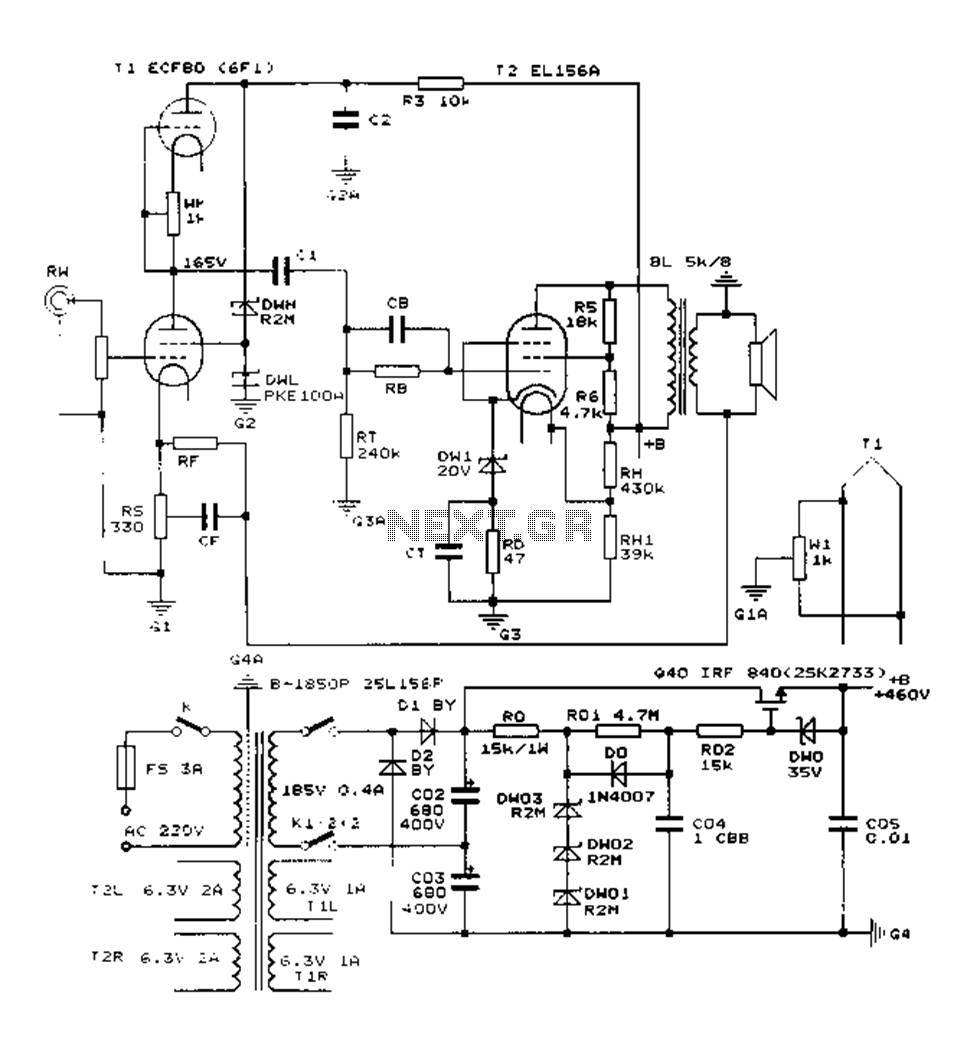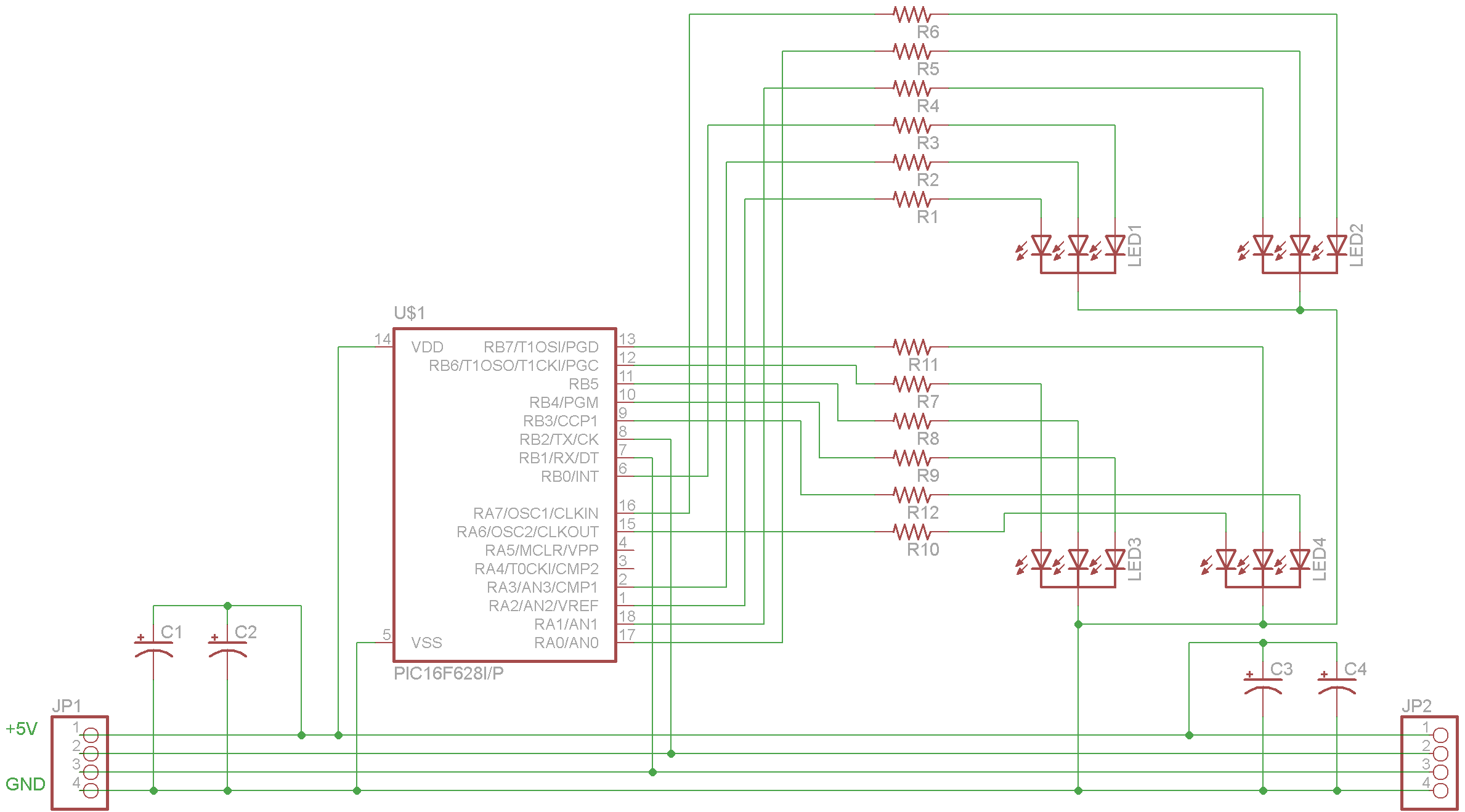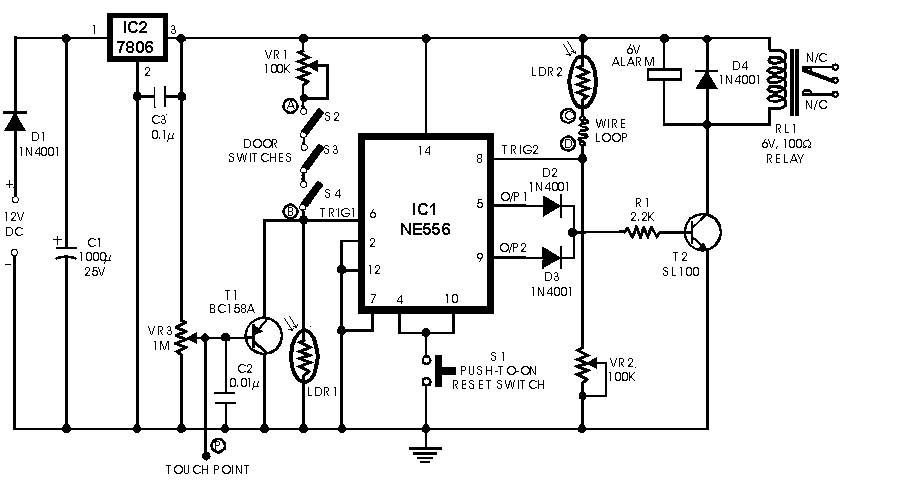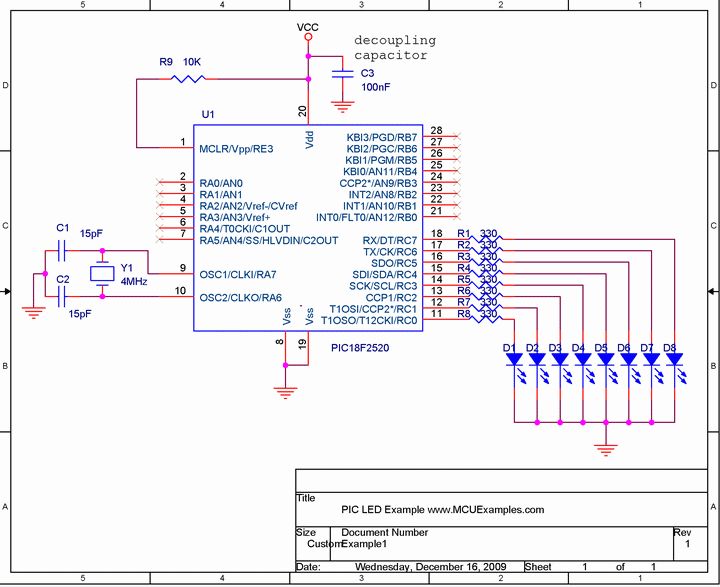
IR Remote Control Tester Circuit
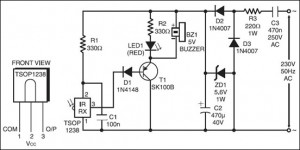
The following circuit illustrates an IR Remote Control Tester Circuit. Features include that transistor T1 conducts during the negative pulse period, and there is a data output pin.
The IR Remote Control Tester Circuit is designed to verify the functionality of infrared remote controls. The core component of this circuit is the transistor T1, which plays a crucial role in detecting the infrared signals emitted by the remote control. When the remote is activated, it sends a series of infrared pulses, which are picked up by an infrared receiver diode in the circuit.
The circuit typically consists of the following components: an infrared receiver diode, a transistor (T1), resistors, a power supply, and a data output pin. The infrared receiver diode converts the incoming infrared signals into electrical signals. When the infrared pulse is detected, it causes the transistor T1 to conduct. This conduction occurs specifically during the negative pulse period of the infrared signal, allowing for the detection of the signal's presence.
The data output pin is used to provide a visual or audible indication of the detected signal. This could be connected to an LED, which lights up when the remote control is functioning correctly, or to a buzzer that sounds when a signal is received. The circuit can be powered by a standard DC power supply, ensuring that it operates effectively for testing purposes.
In summary, the IR Remote Control Tester Circuit serves as a practical tool for troubleshooting and verifying the operation of infrared remote controls by utilizing a simple yet effective design that highlights the key components and their functions.The following circuit shows about IR Remote Control Tester Circuit. Features: transistor T1 conducts during negative pulse period, data output pin . 🔗 External reference
The IR Remote Control Tester Circuit is designed to verify the functionality of infrared remote controls. The core component of this circuit is the transistor T1, which plays a crucial role in detecting the infrared signals emitted by the remote control. When the remote is activated, it sends a series of infrared pulses, which are picked up by an infrared receiver diode in the circuit.
The circuit typically consists of the following components: an infrared receiver diode, a transistor (T1), resistors, a power supply, and a data output pin. The infrared receiver diode converts the incoming infrared signals into electrical signals. When the infrared pulse is detected, it causes the transistor T1 to conduct. This conduction occurs specifically during the negative pulse period of the infrared signal, allowing for the detection of the signal's presence.
The data output pin is used to provide a visual or audible indication of the detected signal. This could be connected to an LED, which lights up when the remote control is functioning correctly, or to a buzzer that sounds when a signal is received. The circuit can be powered by a standard DC power supply, ensuring that it operates effectively for testing purposes.
In summary, the IR Remote Control Tester Circuit serves as a practical tool for troubleshooting and verifying the operation of infrared remote controls by utilizing a simple yet effective design that highlights the key components and their functions.The following circuit shows about IR Remote Control Tester Circuit. Features: transistor T1 conducts during negative pulse period, data output pin . 🔗 External reference
